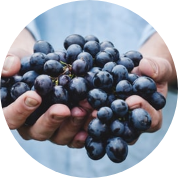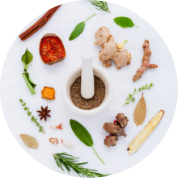In order to achieve the perfect wine and food pairing it is important to understand the main aromas of a wine and how to identify them.
Some of the main words used to describe the aromatic components and sensations found in wine are:
Fresh:
This would be used to describe a young wine that shows vibrancy and acidity. Usually this would cause a tickly sensation on the sides of the tongue. If this acidity is very pronounced experts might describe it as sharp or crisp.

Citrus:
Usually the word citrus would be used to describe white wines. You would usually find aromas such as lemon peel, tangerine, grapefruit, orange etc.

Tropical:
Within fruit aromas you can find tropical aromas. These would include passion fruit, mango, pineapple, banana etc.

Herbaceous:
When people use this term, they are referring to herb like aromas and flavors. For example, mint, lavender, rosemary, eucalyptus etc. If these notes are too dominating it could cause the wine to feel rough and therefore mean it has not been produced with enough care.

Red fruits:
Red fruits are commonly found in the aromas of red wines. There are many options including raspberry, cranberry, strawberry etc. These should not be confused with black fruits which are blackberry, black cherry, plum etc. These are usually found in wines with more body and structure.

Terciary aromas:
These refer to any aromas the wine has obtained during ageing whether it be in bottle or barrel. They can also be referred to as the bouquet. Examples of these are wood, tobacco, ink, leather and coconut.

There are many more words used to describe the aromas in wine and descriptions can be very personal to the person tasting as they draw from personal experiences and memories.
{{cta(’87e62002-336d-4d8d-b07e-daeec80c79ef’)}}










